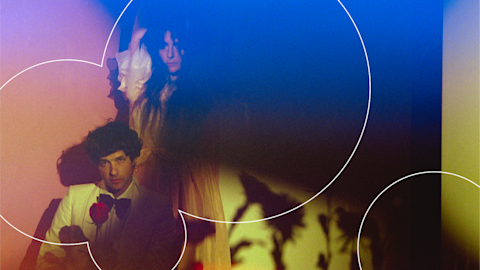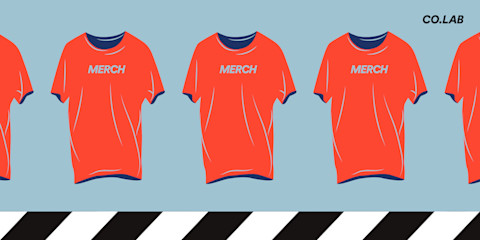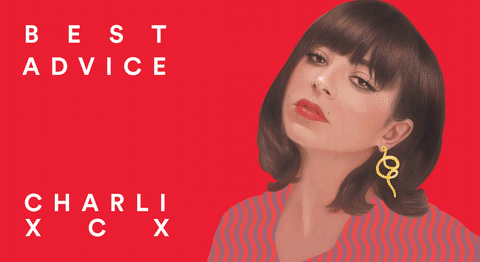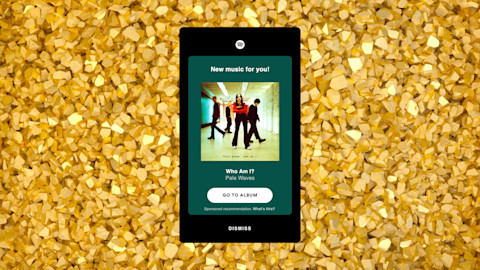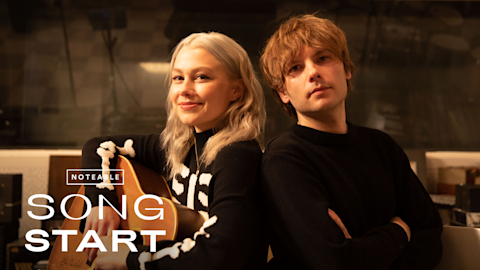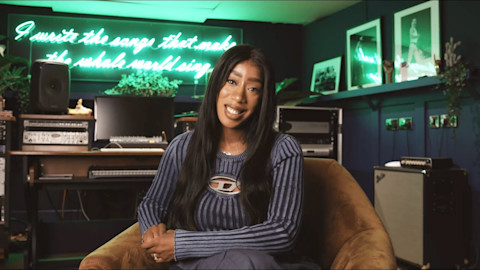There’s no better time than the holidays to think seriously about selling some merchandise. As an artist, creating, and selling merch should be regarded not only as a fun, creative way to connect with your most dedicated fans, but also as indispensable to your business. “We get so caught up in digital footprints—how many likes, photos, or streams—but how many of those people are going to get off their ass, go to your show, and give you $30 for a t-shirt?” asks Ben Brannen, president and cofounder of live event commerce platform atVenu, who joined our panel at Spotify For Artist’s Co.Lab event in October. “As you monitor your merchandise sales, don’t just think of it as, ‘I’m just selling a t-shirt,’” Brannen advises. “This is an indication of your growth.”
From the standard t-shirt to novelty items like bobbleheads, it’s important to remember just how wide-ranging, inventive, and strategic your approach to merch can be. Easy to personalize and profit from, merchandise plays a key role in the bond created between you and your fans. “They’re taking a piece of you home with them,” says Co.Lab’s compère, Mark “Frosty” McNeill—also the cofounder and creative director of dublab.
From a start-to-finish design process to the numbers you need to know to make a profit, panelists Mitra Khayyam (licensing manager for Waylon Jennings and founder of merch brand Midnight Rider), Lauren Kessler (a creative director who’s worked with The Chainsmokers and Trippie Redd), and Ian Stoufer (the Art Director at Shepherd Fairey’s Studio Number One), shared the ins and outs of a successful merch operation via group presentations and one-on-one conversations with the attendant artists. But if you weren’t there in person, don’t worry, below are some of the key takeaways.
Approaches to branding.
In a world where the fashion and music industries are increasingly entwined, branding has taken on a whole new meaning. “Rather than just wearing a shirt with their favorite artist’s face on it, [fans] can now wear the artist’s taste level,” says Kessler, citing Justin Bieber’s Purpose tour collection as the perfect example of these worlds colliding. Upscale department store Barney’s stocked his branded leather jackets, plaid kilts, and flannel shirts, so anyone could dress like Bieber (if they had a spare $195-$1695, that is).
Kessler recommends using the following questions to brainstorm around your brand identity: What are you trying to say through your music? Who inspires you? What do you want people to remember? How do you want them to feel? If you find these questions tough to answer, Kessler suggests trying another exercise: making a mind map using keywords. “Start by putting your name in the center and then list your values, emotions, strengths, audience, idols and inspirations.”
In order to bring your brand identity to life as merch, you need to solidify its visual representation. Kessler highlights Kanye West’s simple designs, consistent color palettes, and minimal typography, all of which help make West’s general aesthetic highly distinguishable. Using your brand identity basics, do some design research. Ian Stoufer recommends making a Pinterest board of the visual inspirations that your research surfaces. Similarly, Kessler suggests creating mood boards—combinations of images, fonts, colors, and textures—to define the brand identity. Once you have something that feels cohesive, you’re ready to start designing.
![Lauren Kessler's brainstorming process when coming up with The Chainsmokers collaboration with Wynn XS nightclub]()
Lauren Kessler's brainstorming process when coming up with The Chainsmokers collaboration with Wynn XS nightclub
Making your merch.
When faced with the biggest question—what to actually make—Ben Brannen proposes relying on sales data. “If there’s one thing I want to leave you with, it’s sell black shirts,” he says. And, make sure you have a tour tee: “The number one selling black t-shirt, across the board, for any tour, is the tour tee.” Other popular items include pullover hoodies (particularly with hip-hop audiences), zip-up hoodies, and raglan t-shirts, as opposed to straight crewneck or long sleeve tees. Hats are always popular. But don’t make too many items. “More items do not equal more money. In fact, it costs you money,” he says.
On average, five items make up 70% of an artist’s sales. A tight product line means a quick sales operation, and when transaction time decreases, sales increase. An additional trend to consider is customization. “Things that are really personalized are an interesting way to go—things that you know somebody else isn’t going to have,” offers Stoufer.
Mitra Khayyam offered this additional angle: “I don’t think the question is, do you have merch? It’s do you have unique merch that’s of quality that’s helping you connect with your audience?” As the creative director of Midnight Rider, a brand committed to providing quality, American-made goods dedicated to legacy country artists, Khayyam encourages artists to consider being involved with the production of merch from start to finish, including everything from sourcing fabrics to working with factories.
Collaborating with others.
No matter how you go about designing and producing your merch, you’ll likely need to work in tandem with other people to get things done, and collaborative processes can get tricky. Stoufer recommends using contracts to deal with potential miscommunications or last minute changes. “If you can reference [a] contract and make it obvious that you have guaranteed deliverables in this way in this timeframe, that's something that’s really nice to be able to fall back on,” he says.
Don’t be afraid to explore extremes on the creative spectrum when designing in collaboration. “A big thing we do are iterations,” Stoufer says. When working with clients interested in re-branding, Stoufer and his design colleagues “start with something that feels really close to what the legacy brand looks like, and then go off the deep end and show them something that veers completely away, and then everything in between.” Usually they end up somewhere in the middle.
Marketing your merch.
Once you’ve produced your merch, it’s time to start thinking about creative ways to market it and sell it to fans. “It’s important to remember that nothing happens in isolation,” says Kessler. “Spending the time to elevate your product and create unique environments and engaging content—these are all things that are part of the business and that will not only increase sales, but it’s also an opportunity to increase visibility.” Some ways to creatively market your merch include releasing limited edition drops and bundles, hosting pop-up shops, and utilizing innovative storytelling as a throughline in lookbooks and videos.
And what about freebies? Both Brannen and Khayyam advise against gratis giveaways. “You have to think about your budget. You’re an artist who is working for a living and merch is one of [those] components. If someone’s not willing to pay you for the shirt, then they’re saying it’s not worth it to them,” says Khayyam.
Selling your merch.
When it does come time to sell your merch, one of the most important things to stay on top of is tracking your sales. “If you’re not tracking everything, you won’t know what’s selling,” Brannen says. While marketing and promotion are a great way to increase awareness, it’s sales that will really tell you how much your fanbase is growing.
According to Brannen, the best equation to use when tracking your sales is average dollars per head, which is essentially how much an artist should make per fan per show, by venue capacity. In a 500 or less cap room, an artist should make on average $5.18. Increase the capacity to 500-1,000, and the average is $4.83. At 1,000-3,000 capacity, the average is $4.40. And, at a 10,000-plus capacity venue, the average is $4.33. With these numbers, you can do the math and begin to see that there’s real money in merch.
On the topic of tracking, Mitra Khayyam adds that it’s important to listen to what fans and customers actually have to say. For her, that includes looking at social media and asking: Who’s following me? Who’s liking me? Who’s commenting on my stories? Who shows up at my shows? Are they men? Are they women? Where are they located? What are they posting about? Are they tagging certain things? Ostensibly she’s impressing the importance of market research.
“Sometimes it can be hurtful to put something that you care about out there and to have people not respond to it,” she explains. “But at the end of the day you are starting a [business], and you can either have hurt feelings and boxes of t-shirts in your garage, or you can make money and still do something that you’re proud of.”
-Khalila Douze
